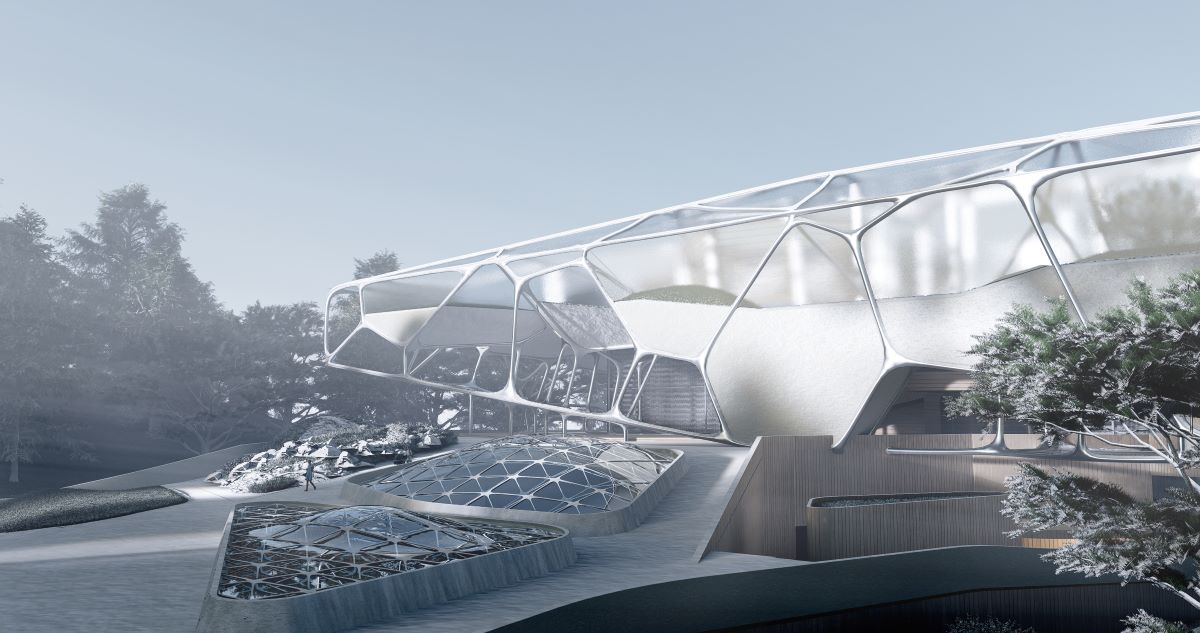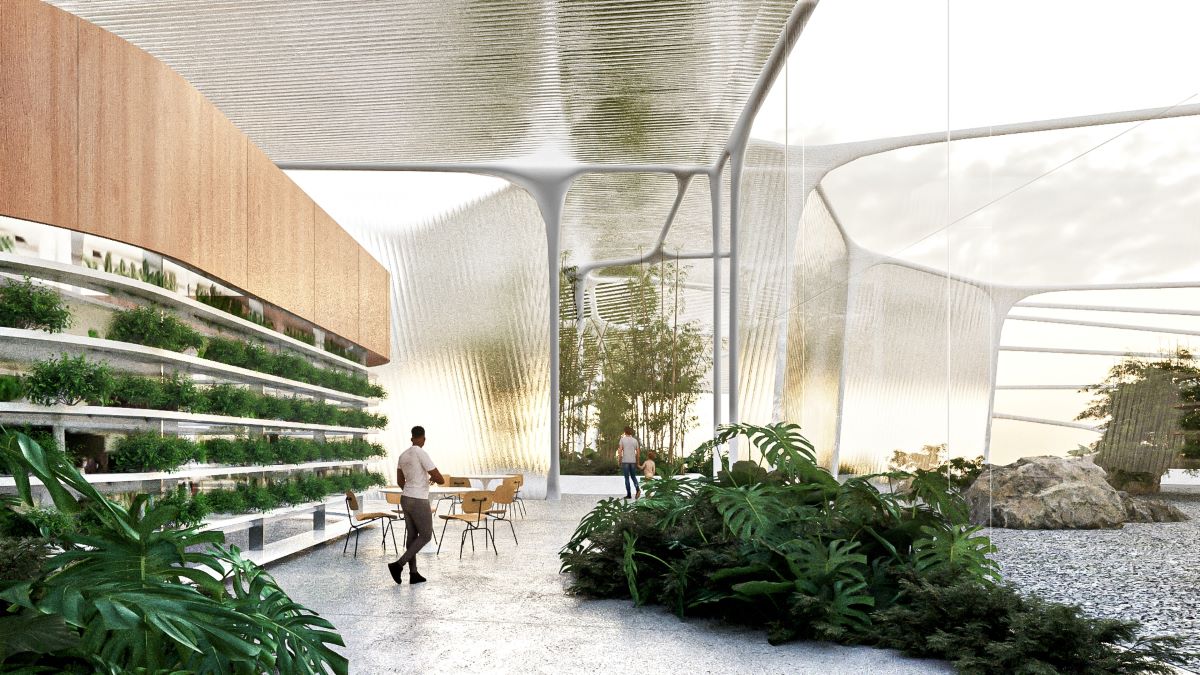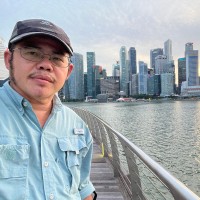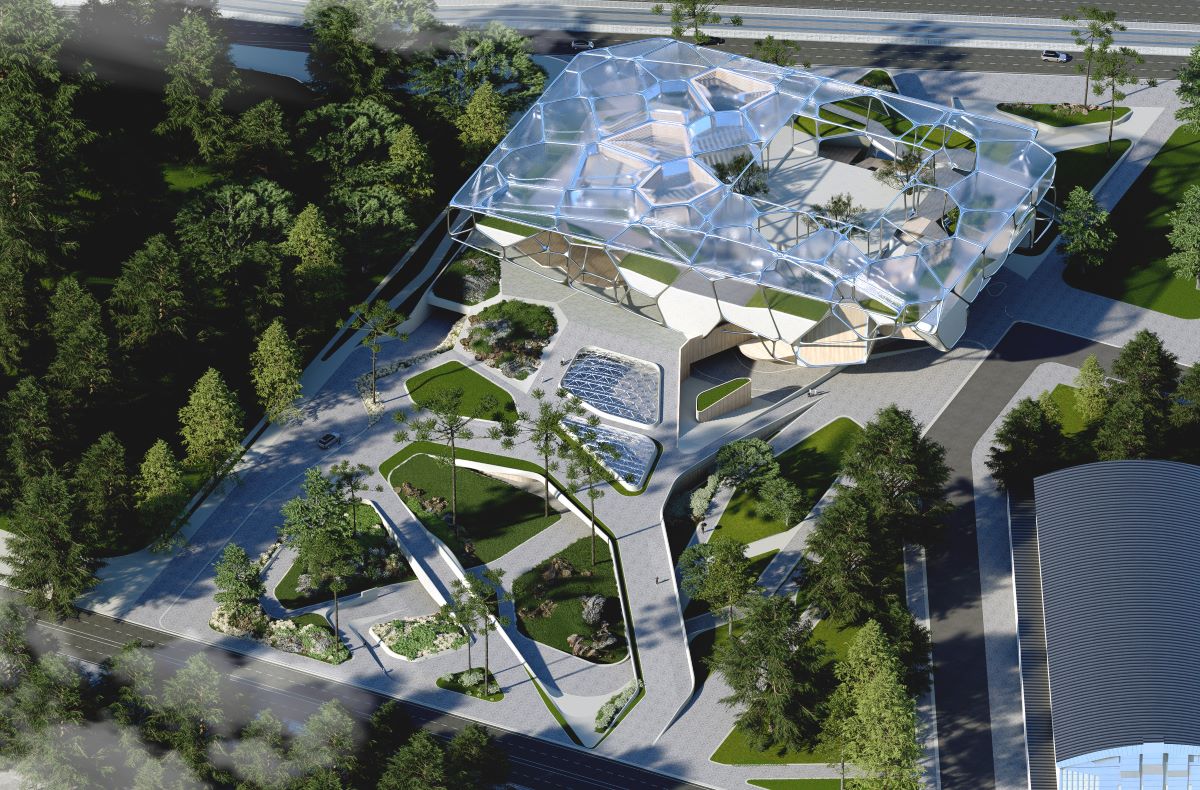The next time you tuck into a bowl of Caesar’s Salad, have a look at the label to check the source. It could have been sourced from a data center in Finland! This is well within the realm of possibility in the near future, when data centers add other functionalities such as growing food at a vertical farm or a greenhouse, or as a civic infrastructure.
Currently being seriously explored for its viability, the food dimension solves a lot of sustainability issues at one go. Food security, climate action, clean energy, and meeting the ever-increasing energy demands of AI data centers, the ‘all-in-one DC’ is perhaps a dream come true. A data center can now potentially morph into a multifunctional community space.
Just as how vertical farms can be built on highrises, it is possible to conceive of a multiuse data center. That’s where Joe MacDonald comes in. A visionary architect, MacDonald is one of those leading the charge to revolutionise the data center by incorporating emerging clean tech solutions. Given his expertise and passion for climate advocacy, MacDonald saw great opportunities in utilising empty spaces within data center campuses.
“We were inspired by the potential to embed food resilience, clean energy, and community infrastructure—like an integrated farmers’ market—within the digital backbone of the city,” MacDonald explains the design inspiration for such a data center.
As Project Architect for URBAN A&O architectural firm, MacDonald is focused on incorporating clean tech solutions such as Small Modular Reactors (SMRs), Pumped Storage Hydropower, geothermal, and green hydrogen fuel cells to power the data center of the future. He has also played a pioneering role in advancing smart city/campus planning principles and data center innovations across Scandinavia, the Americas, and the European Union.
The Helsinki Hybrid was born out of such a vision. Conceived as a 30-60 MW data center fully wrapped in a vertical farm and greenhouse, the Hybrid is a 100 percent self-sufficient true net-zero facility, achieved by recovering up to 63 MW of waste heat from immersion-cooled servers. That heat would power all food production, warm the greenhouse and vertical farm year-round (even at -10°Celsius), and would still leave enough surplus to heat over 1,000 homes.

“We’ve also closed the loop internally – a methane digester and wastewater treatment plant convert biowaste and greywater into clean energy and irrigation. No fossil fuels. No offsets. Just systems feeding systems,” says MacDonald, adding that the Helsinki Hybrid is also the first data center designed to qualify under the first tier of the EU Green Taxonomy; “..those that substantially contribute to climate targets.”As for the waste heat recovery figures, the team has conducted extensive environmental engineering and thermodynamic calculations, much of them supported by AI-driven optimization models. “These calculations are based on validated data from immersion-cooled server systems, envelope modelling, and energy simulations under Helsinki’s climate conditions. The 63 MW heat recovery figure represents the high-efficiency scenario from its MW load, with 60–70 percent recovery—well within the performance benchmarks of advanced immersion cooling systems currently in operation globally,” he says.
“We’re very confident in the numbers and have structured the design and program around conservative-to-optimal performance ranges,” says MacDonald, adding that while the project is not yet built, “the design is being unpacked with serious momentum, particularly around its urban integration, food-energy-water logic, and regulatory fit under EU taxonomy.”
He adds, “The Hybrid is attracting attention and is currently under review by several major corporate stakeholders operating across infrastructure, cloud services, and sustainable food supply, because it offers a rare convergence of high-performance computing, local food production, and district-scale energy redistribution. This drastically reduces operating emissions while embedding utility-scale value in the city center.”
The New York-based architect reckons that what’s resonating with stakeholders is the project’s alignment with Sustainable Development Goals (SDG) in particular, 2 (zero hunger), 7 (clean energy), 9 (infrastructure innovation), 11 (resilient cities), and 13 (climate action) – and its qualification under the first tier of the EU Green Taxonomy. In addition to its sustainability credentials, the Helsinki Hybrid introduces new spatial typologies for data infrastructure, making it visible, integrated, and productive within the urban fabric.

Q&A with Joe MacDonald
What is your design inspiration for The Helsinki Hybrid?
We set out to reimagine the data center not as a hidden utility, but as a civic and ecological engine. By combining vertical farming with immersion-cooled servers, we eliminate Scope 3 emissions linked to imported food—particularly relevant in Finland, where much produce is flown in. We were inspired by the potential to embed food resilience, clean energy, and community infrastructure—like an integrated farmers’ market—within the digital backbone of the city. It aligns directly with SDGs 2, 7, 9, 11, and 13.
Is the data center 100 percent self-sufficient in terms of water and electricity?
Yes—and more. Waste heat from the servers powers both the greenhouse and vertical farm (which needs to be dehumidified). On-site biowaste is converted to energy through a methane digester. Water is recaptured, treated, and reused. Beyond self-sufficiency, the facility redistributes excess heat to warm over 1,000 nearby homes via district heating.
Should this be the blueprint design for all future data centers especially in cold climates?
Absolutely in urban and cold-climate contexts. Instead of pushing data centers to remote areas, we bring them into the city where their waste heat can serve local ecosystems and people. Turning server loads into local tomatoes, warm homes, and zero-emission food supply chains—this is the model we need for resilient cities.
How would you modify a similar type of data center, but set in a tropical or desert environment?
The core idea remains—systems working together—but the inputs shift. We integrate agrivoltaics, shading vertical farms beneath solar canopies to reduce cooling loads while generating clean power. Passive evaporative cooling, saltwater greenhouses, and heat-driven, eco-conscious desalination are all in play. In warm climates, heat isn’t wasted—it’s transformed.
Are there any other unique designs for data centers that you are working on now or under construction?
Yes—one of the most exciting is a former nuclear bunker we’re redeveloping into an underground data center, using passive cooling and thermal buffering. We’re also prototyping modular units designed for island microgrids with integrated desalination and aquaculture. The future of data centers is multisystemic—producing not just data, but energy, food, and public benefit.
Cost-wise, how much more extra capex is needed compared to a traditional data center?
Roughly 25–30 percent higher in capital expenditure—but the ROI is stronger even in the short term. Operational costs drop dramatically through heat reuse, and in a public-facing site like this, it functions as civic infrastructure. In Finland, that enables public co-investment—meaning the “extra” cost is absorbed because it delivers value across energy, food, and sustainability sectors.
Note: This article is republished from Issue 9 of our Cloud & Datacenters magazine.




